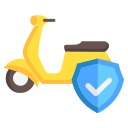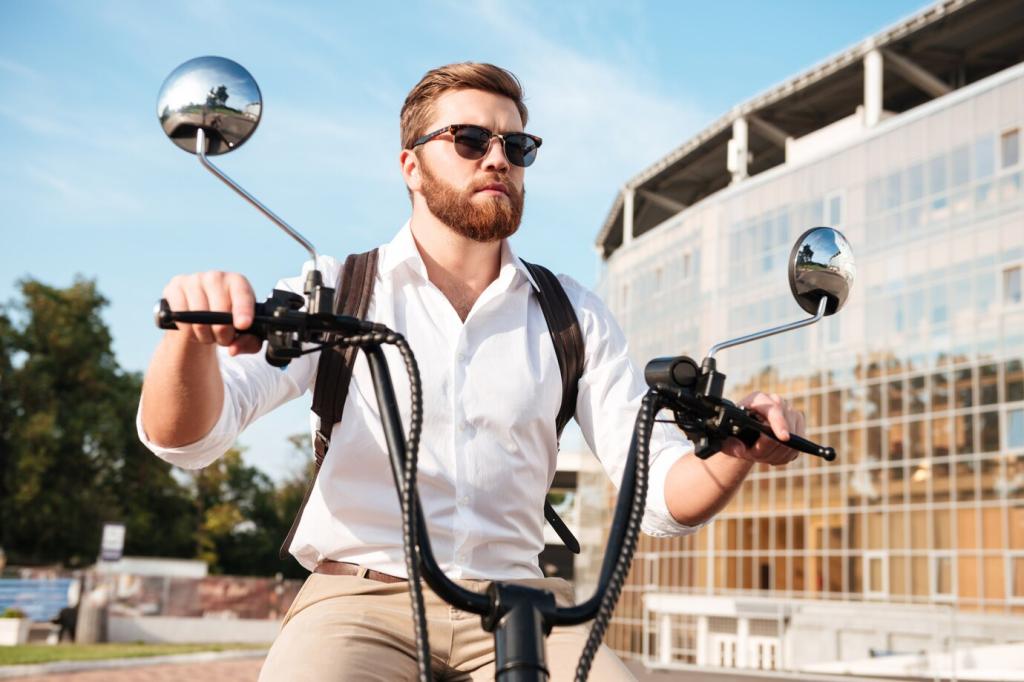
Regulations for Riding Electric Scooters in Cities
Chosen theme: Regulations for Riding Electric Scooters in Cities. Ride smart, stay courteous, and keep your city moving. Here you’ll find friendly guidance, real stories, and practical tips to understand rules, avoid fines, and help shape safer streets together.
Safety First: Speed, Space, and Shared Streets
A gentle throttle and clear lane choice can be the difference between a smooth commute and a close call. Speed limits exist because stopping distances grow quickly, and pedestrians, wheelchairs, and strollers deserve predictable, respectful movement around them.
Local Laws, Global Trend: Why Cities Differ
Densely populated blocks, historic sidewalks, climate, and crash data all shape city rules. One town might allow bike‑lane riding at 15 mph, while another limits scooters to neighborhood streets. Understanding the local context prevents frustration and ensures safer rides.
Your Voice Matters: Shaping Fair E‑Scooter Policies
Public workshops, online surveys, and hearings actually influence regulations. Riders who share practical feedback help officials balance safety with convenience. Tell us which rules help or hinder you, and join our newsletter to learn when your city seeks input.
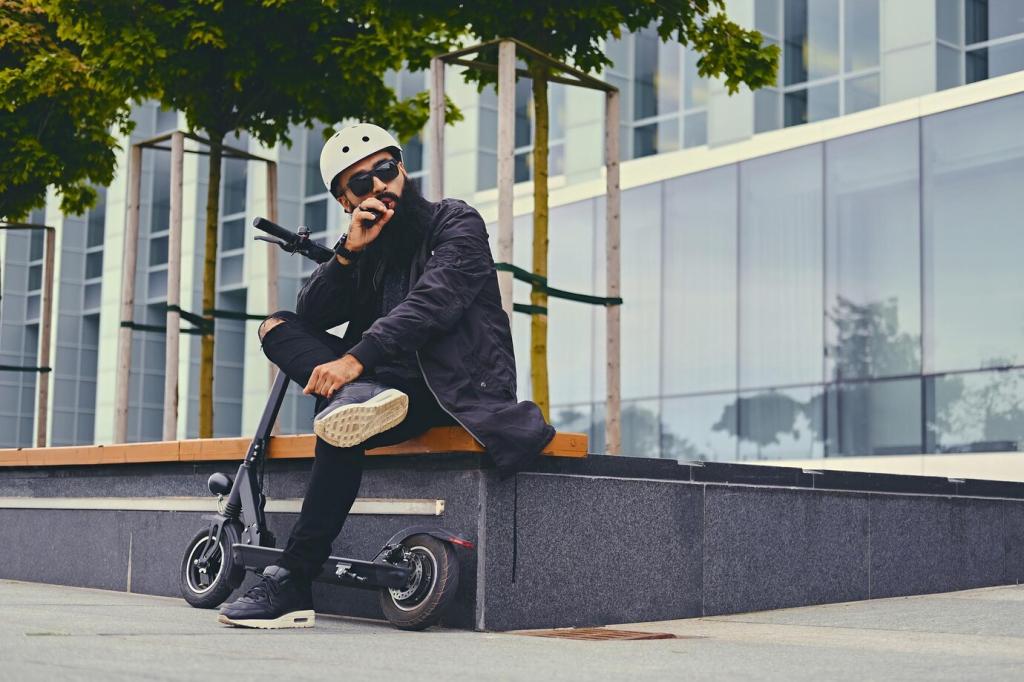
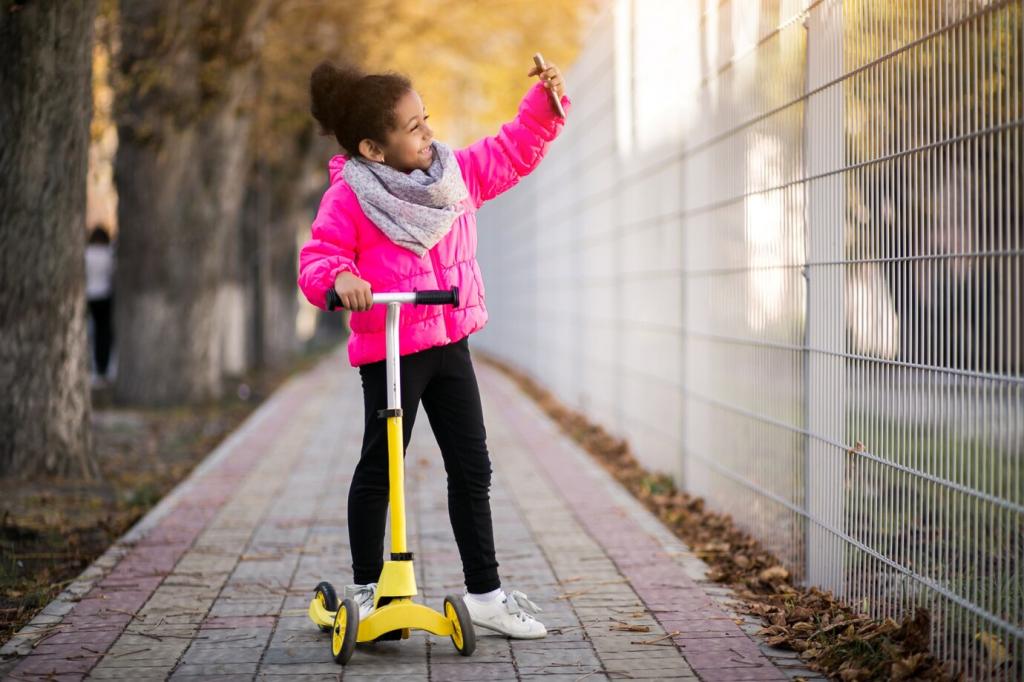
Core Rules You’ll Meet in Most Cities
Expect caps between 12 and 20 mph, often lower in crowded districts. Bike lanes are usually preferred, sidewalks frequently restricted, and some waterfront promenades have time‑based limits. Always scan for signage and app notifications before you roll out.
Core Rules You’ll Meet in Most Cities
Minimum ages range from 14 to 18, with helmets mandatory for minors and recommended for all. Night rules often require front lights, rear reflectors, and steady speed. Pack lightweight visibility gear to comply without sacrificing comfort or style.

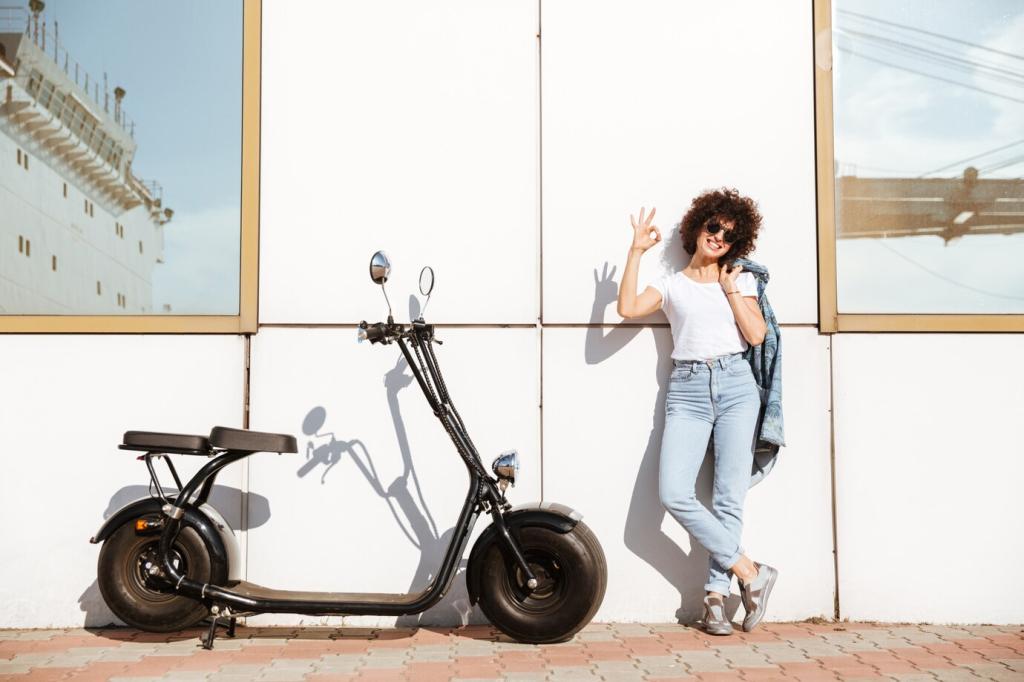
How to Read and Follow Your City’s E‑Scooter Code
Solid bike symbols, shared‑path diamonds, and no‑riding icons communicate permitted spaces. Rental apps often geofence slow or no‑ride zones. Treat speed caps and haptic alerts seriously; they indicate high‑risk areas where predictability matters most for everyone’s safety.
How to Read and Follow Your City’s E‑Scooter Code
City transportation departments publish official rules, pilot programs, and maps. Look for ordinance numbers, effective dates, and enforcement notes. Subscribing to city newsletters ensures you don’t miss hearings, temporary changes, or new corridors opening to e‑scooter traffic.
Stories from the Street: Lessons Learned the Hard Way
01
The Curb Cut Surprise: When a Good Shortcut Breaks a Rule
I once rolled through a curb cut to bypass traffic, only to learn it was a signed no‑ride zone protecting a senior center. A gentle warning taught me to scan curb ramps for signage and prioritize vulnerable neighbors.
02
Helmet in the Backpack: The Day It Actually Mattered
A drizzle turned slick, a car door swung open, and my reflexes weren’t enough. The helmet I almost skipped absorbed a sharp knock. Since then, I treat protective gear as a rule I set for myself, not just cities.
03
A Ticket, a Talk, and a Turnaround: Constructive Enforcement
Stopped for riding on a narrow sidewalk, I expected a lecture. Instead, the officer explained collision stats near that block. The fine stung, but the context stuck. Now I help friends map safer bike‑lane alternatives before rush hour.
Designing Better E‑Scooter Culture Together
Line up scooters neatly, avoid leaning against private property, and keep tactile paving absolutely clear. A thirty‑second check prevents accessibility obstacles and neighborhood frustration. Post your before‑and‑after parking photos to inspire friends and normalize thoughtful practices.
Slow near crosswalks, give audible cues when passing, and prioritize children, elders, and wheelchair users. These are not merely courtesies—they prevent injuries and build public trust. Comment with your city’s best shared‑path etiquette reminders we should highlight.
Cities often pilot parking corrals, slow zones, or education campaigns. Volunteers and feedback shape what becomes permanent. Sign up for pilots, share data respectfully, and report back here—your notes help refine fair regulations that keep scooters welcome.
Traveling with Your Scooter: City‑to‑City Variations
Tourist Mode: Renting vs. Bringing Your Own
Rental fleets usually embed local rules and speed caps directly in the app. Personal scooters demand more homework on power limits, lighting, and where to ride. Share your rental experiences to help visitors choose the safest, most compliant option.
Transit Connections: Trains, Buses, and Station Rules
Some networks permit folded scooters only, others restrict peak hours, and a few ban riding anywhere on platforms. Check agency pages before boarding. Tell us which lines accommodate scooters best so travelers can plan smoother, rule‑compliant connections.
Checklist Before You Go: Licenses, Insurance, and Registration
Certain regions require proof of age, liability coverage, or reflective gear at night. A simple checklist—lights, bell, ID, helmet, local map—prevents surprises. Contribute your city’s must‑have list to build a community knowledge base for responsible travel.
Tech and Regulation: Where Micromobility Is Headed
Next‑gen geofencing can adjust speeds near schools at drop‑off times or expand no‑ride zones during events. When implemented transparently, these tools balance freedom with safety. Tell us where dynamic limits would make your commute feel calmer.
